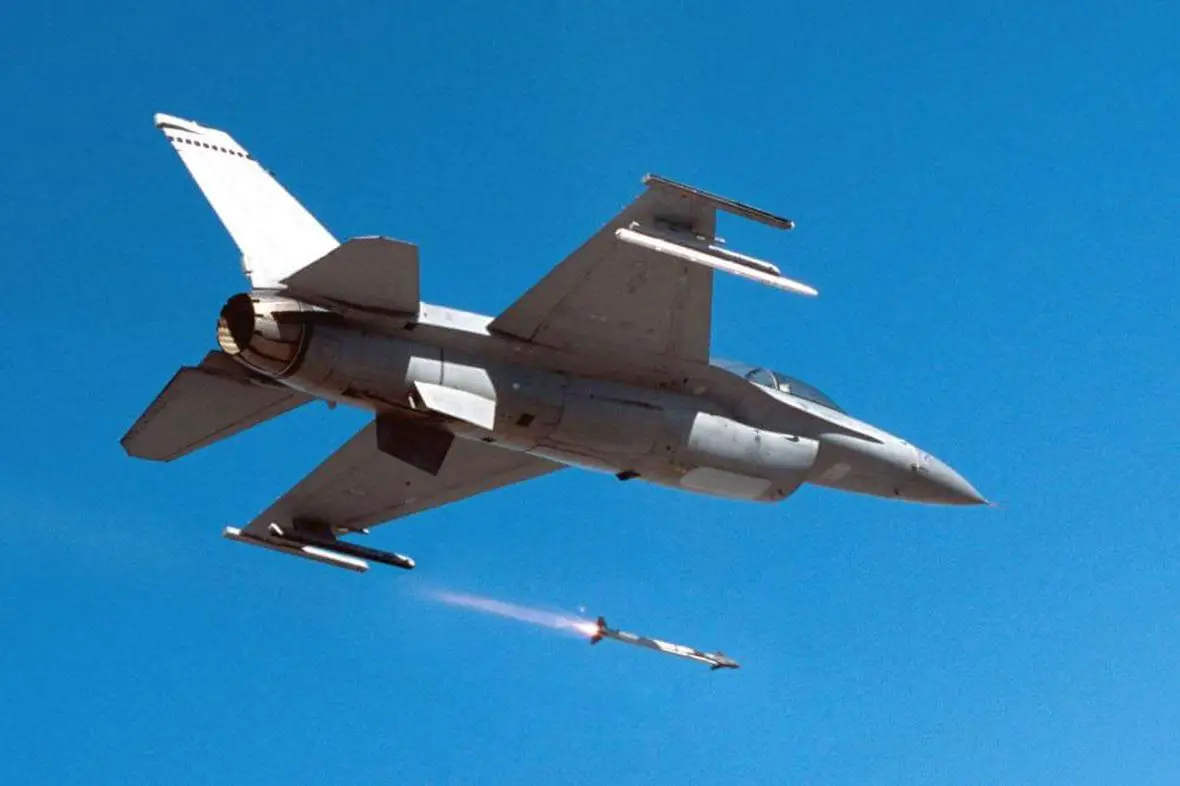The U.S. State Department has made a determination approving a possible Foreign Military Sale to the Government of Poland of AIM-9X Block II Sidewinder Missiles and related elements of logistics and program support for an estimated cost of $219.1 million. The Government of Poland has requested to buy two hundred thirty-two (232) AIM-9X Sidewinder Block II Tactical Missiles and sixteen (16) AIM-9X Sidewinder Block II Tactical Missile Guidance Units. Also included are missile containers; training aids; active optical target detectors; spares; support equipment; missile support; U.S. Government and contractor technical assistance; and other related elements of logistics and program support.
This proposed sale will support the foreign policy goals and national security objectives of the United States by improving the security of a NATO Ally that is a force for political stability and economic progress in Europe. The proposed sale will improve Poland’s capability to meet current and future operational needs. The additional missiles will allow Poland to bolster its defenses while increasing NATO interoperability. Poland already has these missiles in its inventory and will have no difficulty absorbing the additional weapons into its armed forces. The principal contractor will be RTX Corporation, Tucson, AZ. There are no known offset agreements proposed in connection with this potential sale.

The AIM-9 Sidewinder (“AIM” for “Air Intercept Missile”) is a short-range air-to-air missile. Entering service with the United States Navy in 1956 and the Air Force in 1964, the AIM-9 is one of the oldest, cheapest, and most successful air-to-air missiles. Its latest variants remain standard equipment in most Western-aligned air forces. The Soviet K-13 (AA-2 “Atoll”), a reverse-engineered copy of the AIM-9B, was also widely adopted. The Sidewinder is the most widely used air-to-air missile in the West, with more than 110,000 missiles produced for the U.S. and 27 other nations, of which perhaps one percent have been used in combat. It has been built under license by Sweden and other nations. The AIM-9 has an estimated 270 aircraft kills.
The Block II adds lock-on after launch capability with a datalink, so the missile can be launched first and then directed to its target afterwards by an aircraft with the proper equipment for 360-degree engagements, such as the F-35 or the F-22. By January 2013, the AIM-9X Block II was about halfway through its operational testing and performing better than expected. NAVAIR reported that the missile was exceeding performance requirements in all areas, including lock-on after launch (LOAL). It is functioning well on the missile, but performance is below that of the Block I AIM-9X. The HHOBS deficiency does not impact any other Block II capabilities, and is planned to be improved upon by a software clean-up build. Objectives of the operational test were due to be completed by the third quarter of 2013.
















